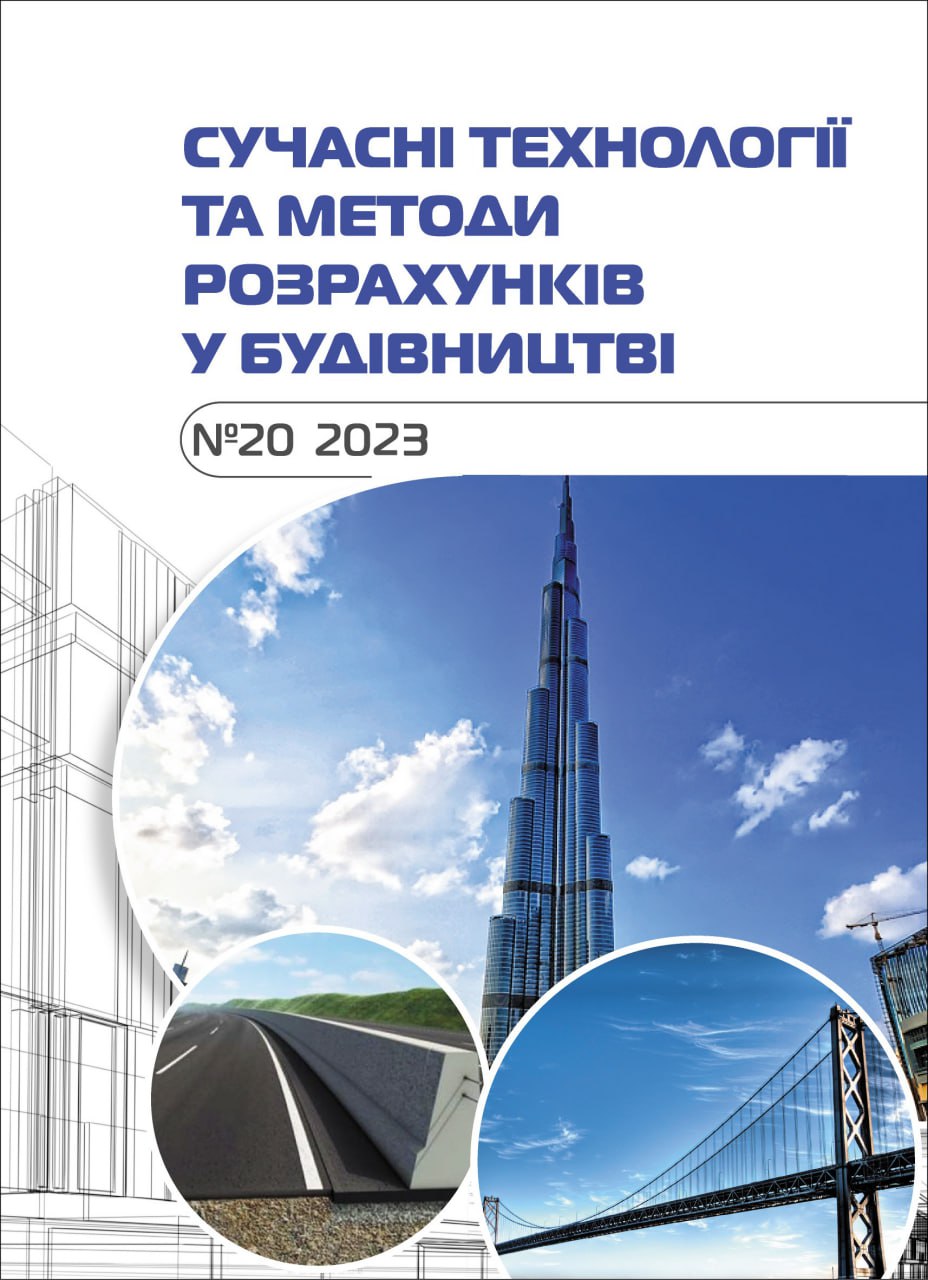Taking into account the influence of the erection sequence on the stress-strain state of structures in the automated design of buildings and structures
Abstract
Until now, the practice of conducting static calculations with the simultaneous loading of elements of the calculation scheme prevails in the case of automated design of buildings, that is, calculation justifications of constructive decisions are made according to the one-step calculation procedure. At the same time, the stiffness characteristics are assumed to be constant, and the magnitudes and nature of the loads assigned to the calculation model are unchanged during the entire calculation.
However,, the building construction process consists of many stages and depends significantly on the sequence of work performed on the construction site. For monolithic buildings, the fact that concrete gains its design strength over a certain period is important. That is, during numerical modeling, it is necessary to take into account the change in stiffness and strength characteristics of materials.
And monolithic structures are made using formwork with the installation of temporary supports, which will be installed and removed in a certain order. Thus, at different stages of construction, the structural and calculation scheme of the building may change. Ultimately, these parameters will affect the stress-strain state of structures.
Automated design of a monolithic multi-story frame building in two modes - traditional and taking into account the sequence of construction - revealed some differences in the results of the stress-strain state of the structural elements of the design scheme.
In general, the comparison of the results showed that the difference in both calculation options is insignificant on the lower floors, but increases on the upper floors, with an increase in the height of the building.
We can make a general conclusion that the calculation taking into account the sequence of erection is important for high-rise buildings, it must be performed for buildings of a high class of responsibility. It will allow you to get a real picture of the operation of all structural elements, give the correct assessment of the VAT of the latter, and correctly design them. As a result, it can affect the cost of construction by reducing the cost of reinforcement and concrete. This approach will minimize the risks of both local destruction and emergency situations during the life cycle of structural elements of buildings and structures.








